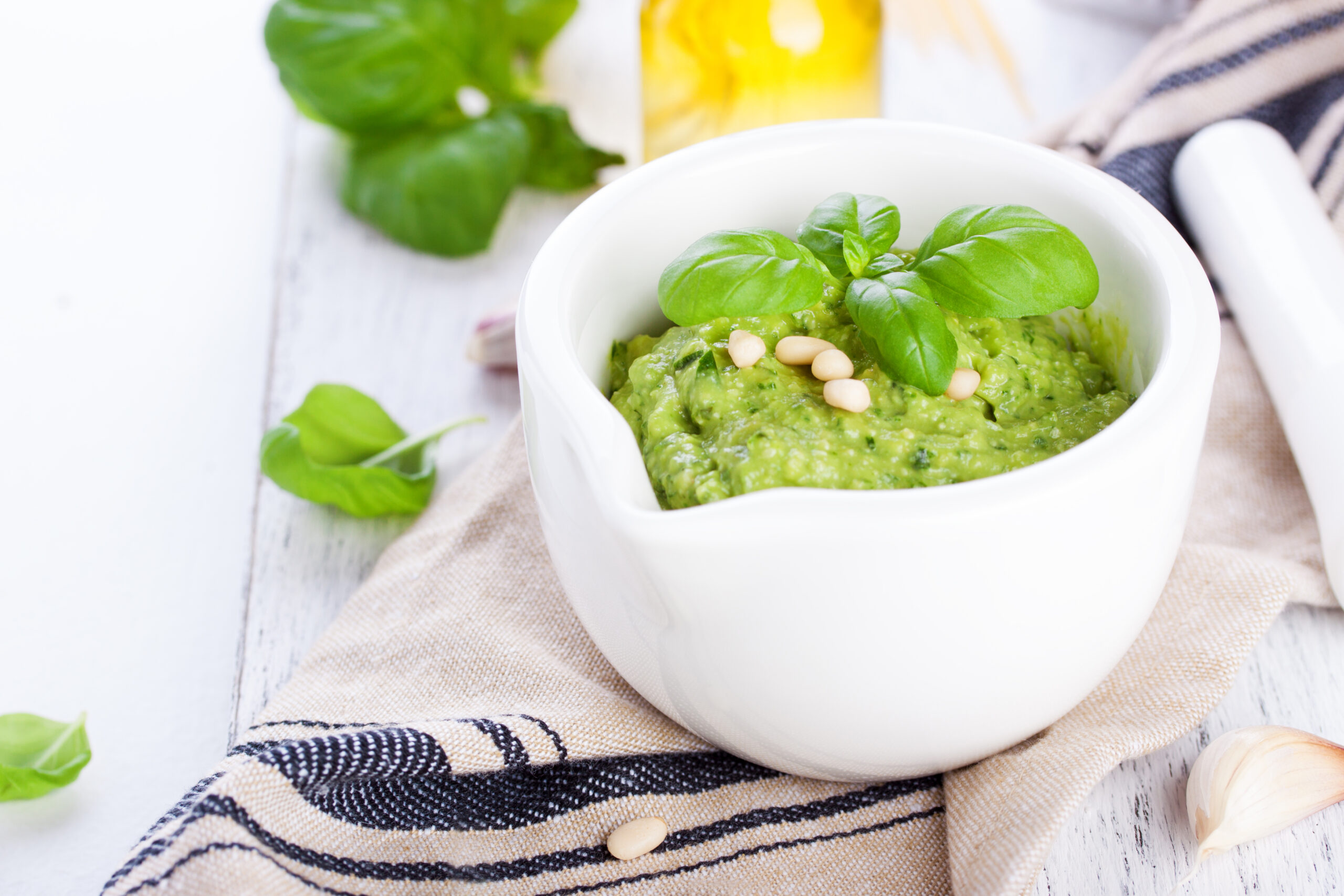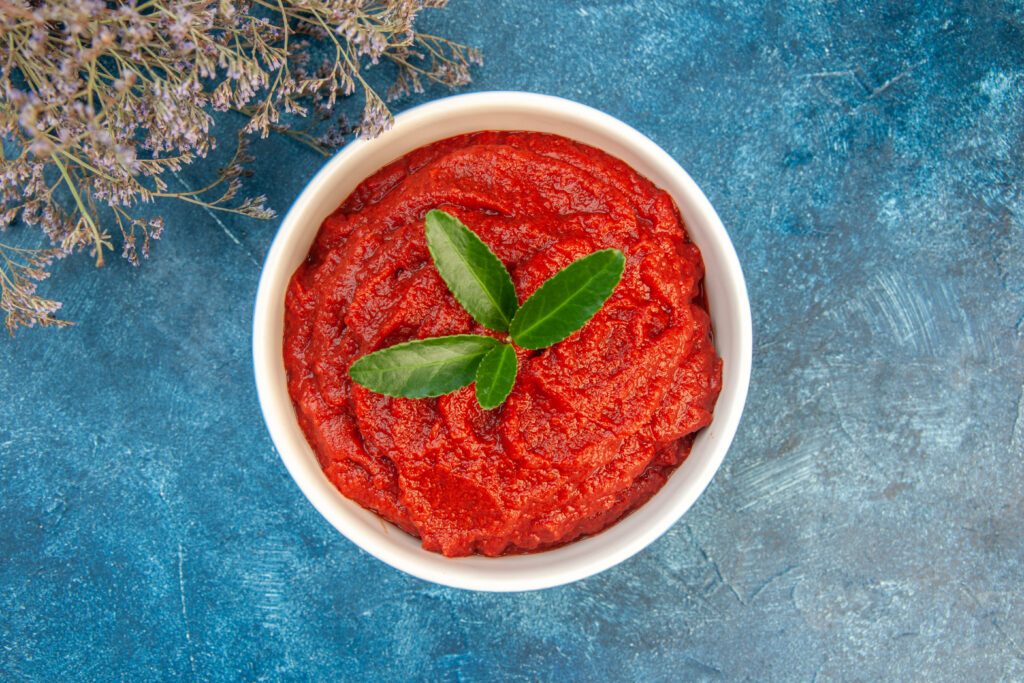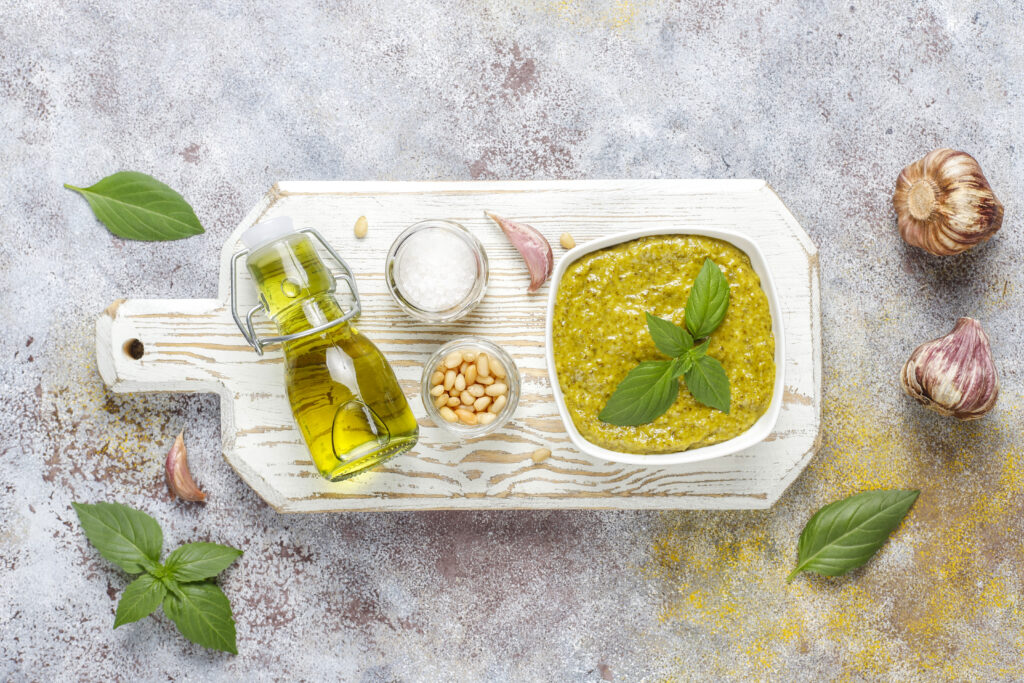- LIFE
60 Best Bear Names


Pesto, a vibrant and aromatic sauce, can transform simple dishes into culinary masterpieces. Whether you’re a seasoned chef or a home cook, mastering the art of making pesto can open up a world of possibilities in your kitchen. In this guide, we’ll explore essential techniques, offer creative variations, and provide troubleshooting tips to ensure your pesto always turns out perfectly.
The foundation of any great pesto is fresh basil, high-quality olive oil, nuts, garlic, and cheese. Achieving the right balance and texture is key to creating a sauce that is both flavorful and versatile.
Even experienced cooks can encounter issues when making pesto. Here are some common pitfalls and how to avoid them:
Overprocessing can cause the basil to bruise, leading to a bitter taste. To fix this, pulse the ingredients gently and avoid running the processor continuously.
The choice of olive oil greatly affects the flavor of your pesto. Always opt for extra virgin olive oil for the best results.
Toasting nuts brings out their natural oils and enhances their flavor. If you forget this step, your pesto might taste flat. Simply toast the nuts and blend them into the sauce again.

Once you’ve mastered traditional basil pesto, experimenting with different ingredients can lead to exciting new flavors.
Pine nuts are traditional, but other nuts can add unique flavors and textures to your pesto.

Olive oil is not just a binder; it is a key flavor component in pesto. Selecting the right type can elevate your dish significantly.
Extra virgin olive oil is preferred for its rich flavor and low acidity. It complements the fresh herbs and nuts in pesto beautifully.
For a twist, try using infused olive oils, such as garlic or lemon-flavored, to add an extra dimension to your pesto.
Adding fresh ingredients can brighten and balance the flavors in your pesto.
A splash of lemon juice can enhance the freshness of your pesto and add a tangy note that complements the rich flavors.
Incorporate herbs like parsley or mint for a refreshing twist. These herbs can add depth and complexity to the traditional pesto flavor profile.
Pesto is best enjoyed fresh, but proper storage can extend its life without sacrificing quality.
Store pesto in an airtight container in the refrigerator for up to a week. To prevent oxidation, pour a thin layer of olive oil on top before sealing.
Pesto can be frozen in ice cube trays for easy portioning. Once frozen, transfer the cubes to a zip-lock bag for up to 3 months.
Reheating pesto dishes requires a gentle touch to maintain the sauce’s vibrant flavor and texture.
Warm pesto dishes slowly over low heat to prevent the sauce from separating or burning. Stir frequently for even heating.
To revive the flavor of reheated pesto, consider adding a splash of fresh lemon juice or a drizzle of olive oil just before serving.
Pesto pasta is a versatile dish that pairs well with a variety of sides, enhancing the overall dining experience.
Grilled zucchini, bell peppers, and asparagus complement the fresh flavors of pesto pasta beautifully.
A crisp green salad with a light vinaigrette can balance the richness of pesto and provide a refreshing contrast.
Serve with crusty bread to soak up any extra pesto sauce, adding a satisfying crunch to your meal.
After making your pesto, take a moment to evaluate its flavor, texture, and balance. This reflection will help you improve your technique over time.
Consider if the flavors are well-balanced. Is the garlic overpowering, or does the basil shine through?
Assess the texture. Is it smooth and creamy, or does it need more oil for a better consistency?
Keeping track of your favorite pesto recipes ensures you can recreate them with ease and share them with others.
Maintain a recipe journal to note down ingredients, variations, and personal adjustments. This can be a valuable resource for future cooking.
Use digital tools or apps to save and organize your recipes. This makes them easily accessible and shareable with friends and family.
Capturing the vibrant colors and textures of your pesto dishes can enhance their appeal and allow you to share your creations with others visually.
Photograph your dishes in natural light to highlight their vibrant colors and textures.
Use fresh basil leaves, grated cheese, or a drizzle of olive oil as garnishes to add visual interest and enhance the presentation of your dish.